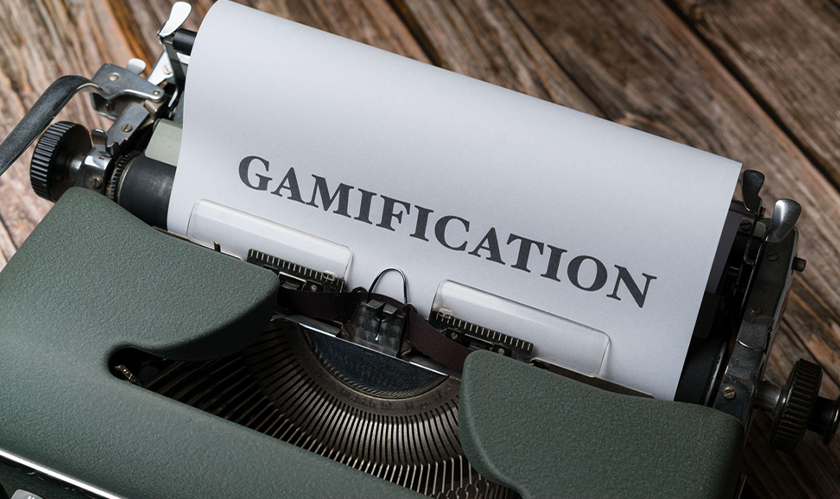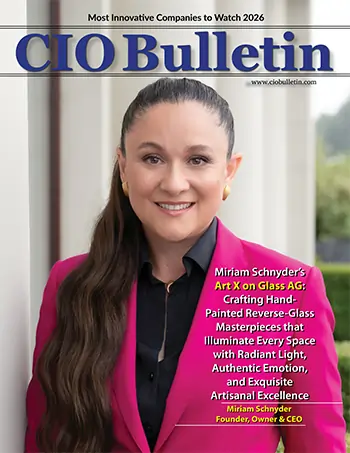Home Services & Solutions Gamification How Apps Can Use Gamificatio...
Gamification

CIO Bulletin
29 October, 2025
Recent research shows that mobile apps across 31 categories managed to retain 25.3% of users on the first day, but those figures fell to only 5.7% by day 30. Those figures are shocking and explain why app developers and businesses aim to boost engagement and retain more users. Integrating game-like features and elements can improve motivation and interaction, creating rewarding experiences rather than making the app known for repeating routine actions.
The impact of gamification becomes clear when looking at how messaging apps like Telegram have applied these mechanics to keep users engaged and loyal. For instance, telegram casinos embed competitive elements and social gameplay directly into the messaging app used worldwide. Users can participate in challenges, join channels to discuss poker strategies, or simply use the bot to access casino games with the added safety of the app’s end-to-end encryption.
Telegram players even play directly through the app to avoid downloads, and they benefit from fast sign-ups, with some bots not even requiring verifications. Keeping things more anonymous to appeal to Telegram users who rely on the app’s privacy measures, players can enjoy slots, table, live, crash, or casual games using crypto payments that speed up deposits and withdrawals. No example comes close to how the messaging app gamified its platform so that it could turn casual users into long-term fans.
Another example of gamification that drives more customer interaction comes from retail apps. Retail app gamification refers to how big name brands use reward tiers, progress bars, badges, and other gamification tools to engage customers long-term. For example, Nike implemented a points-based reward system users enjoy when making purchases and social shares while Starbucks uses a personalized reward system that offers incentives based on customer behavior.
Customers can easily track progress, unlock discounts, and enjoy exclusive products with some brands offering personalized status levels. Other brands use limited-time campaigns to add excitement and urgency while driving more interaction. Limited-time deals also drive more sales by creating the fear of missing out (FOMO).
Gamification software is set to explode across different industries, including health, education, and workforce training. Even lifestyle and fitness apps use similar gamified principles that introduce AI to maintain user bases. Some lifestyle apps integrate daily step counters, workout challenges, and achievement badges to inspire users.
Another example in the fitness industry is how Exergaming changes fitness training by adding more engaging and immersive gamification elements like VR headsets and sensory mats. Individuals can move around in virtual worlds while partaking in the fitness class, allowing them to actively enjoy the process through integrated technology gamification.
Even financial applications have adopted gamification, offering visual milestones and points for budgeting, saving, and completing educational modules. A recent gamification report actually shows that 70% of companies integrate the mechanics into loyalty programs.
When people can track their progress, things just feel more engaging. Add a sense of challenge, show a bit of growth, and it starts to click. That simple feedback loop keeps motivation going. Over time, it helps turn small actions into lasting habits. When users actually see themselves getting closer to their financial goals, they’re way more likely to stick with it.







